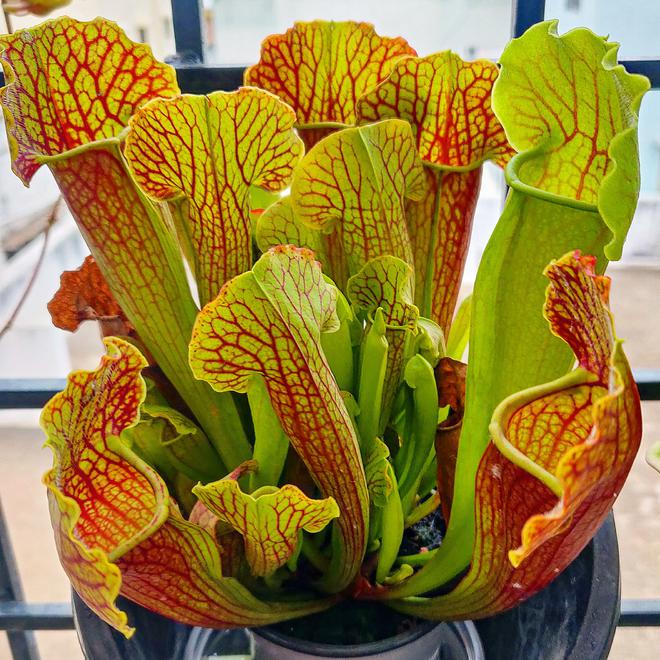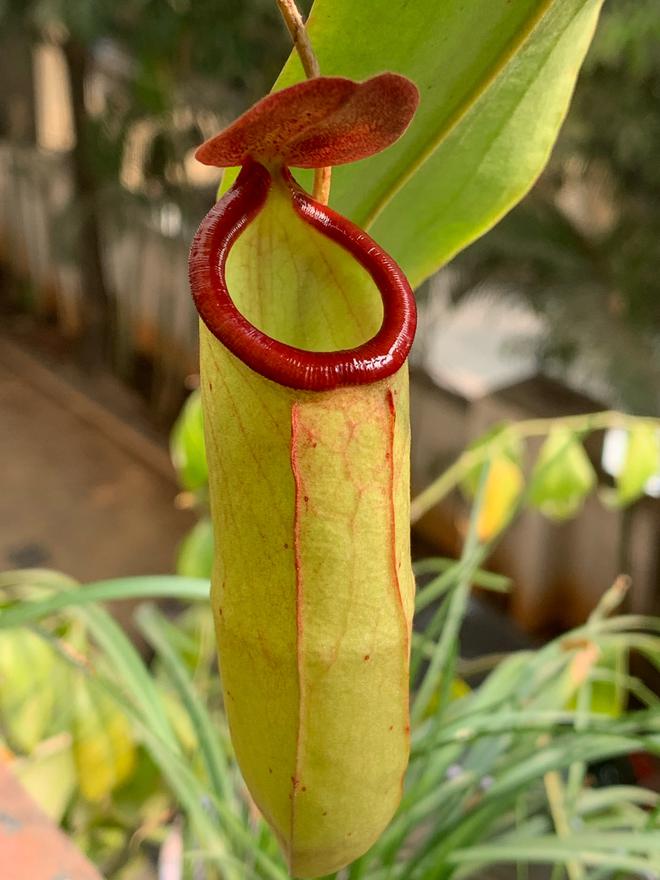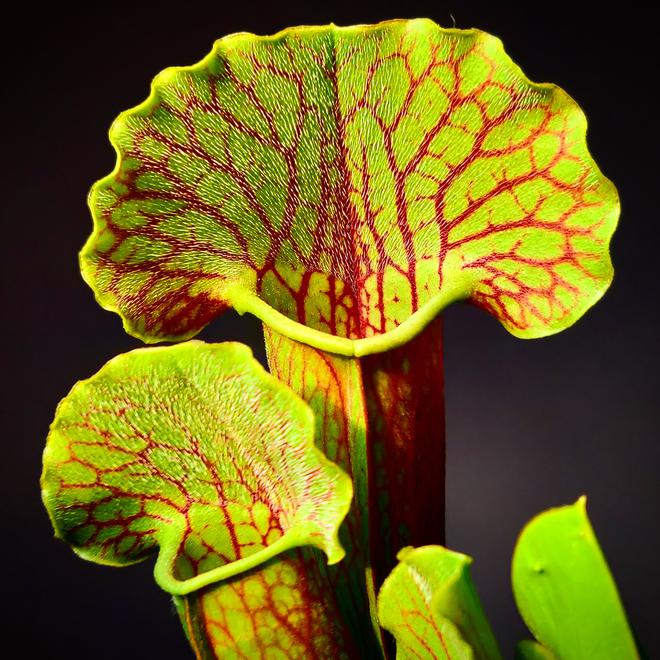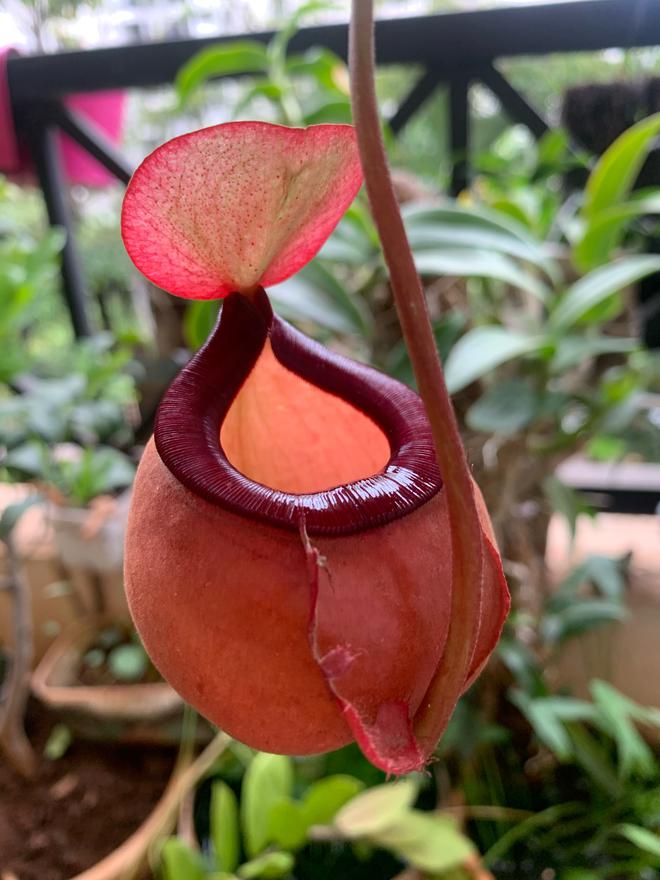
Remember the good old commercial of a mosquito repellant brand in which the vaporizer machine opens its mouth and starts catching flies? Well, the real-life version of this has always existed yet somehow never found many takers. It is alive, beautiful, intelligent, and in a nutshell, a wonder of nature — we are talking about carnivorous plants such as the Venus flytrap, nepenthes and pitcher plant, which get a majority of their nutrients by consuming insects.
Although a gorgeous and colourful addition to any home or kitchen garden, they are not quite commonly found in one’s backyard, along with roses or a money plant. We speak to a few plant enthusiasts to get an insight into these flamboyant beauties and find out why carnivorous plants are not as popular as they could be.
It was during a trip to Amsterdam in 2017 that Dominic Savio, a tattoo artist from Bengaluru, fell in love with insectivorous plants. “I saw them being sold in all the flower markets and wondered why something so fascinating was not better known in India,” he recollects. In 2020, he started a nursery dedicated to carnivorous plants called Domzhungryplants and today, specialises in growing different types of Venus flytraps.
Dominic also conducts workshops in schools and colleges about carnivorous plants regularly and admits that the reactions from students and educators are “incredible”. “Children are excited to see them. These plants are more like an intelligent pet. They can survive even without insects, just like any other plant. However to thrive, they need to consume insects — this gives them much-needed nitrogen and is also like a boost of fertilizer for them.”
The story of Dheemanth Bhandarkar’s passion for carnivorous plants started when the IT professional from Mangaluru saw a pitcher plant at one of the farms in his city. Gradually, he started looking up carnivorous plants on social media to connect with like-minded people and began to purchase plants from all across the country.
“Today, I have 50 varieties of carnivorous plants and occasionally sell them, but it is more of a hobby. The plus point of being in Mangaluru is the high humidity in which some of these plants thrive,” says Dheemanth, who has a page called Nepentheism India on social media. He has even conducted a webinar on the topic to create awareness.
Growing wild on social media
Carnivorous Plants India is one of the popular social media groups which all carnivorous plant-lovers recommend. Bengaluru-based Santosh Basavaraju, a scientist at ISRO, is a moderator of the page which has around 6,600 followers. “I was always intrigued by wildlife and my interest in these plants started around three years ago,” he reminisces.
“I started learning more about carnivorous plants and realized that although we had studied about them in school, we had never seen them in real life, even in school laboratories. I researched more and learnt that there were so many varieties of carnivorous plants with each one having a different mechanism — I wanted to collect them all,” he says.
A ‘parent’ to 12 out of 15 families of carnivorous plants and innumerable species under each of these such as drosera, nepenthes and Venus flytrap, Santosh jokes that these plants are the only non-vegetarians at his home! “They are extremely beautiful and colourful, and secrete a form of nectar, which attracts insects. Their evolution and design doesn’t cease to amaze me. In fact, there’s one form of Nepenthes called Bicalcarata that actually puts out fangs, like a vampire!”

For Arpita Chakraborty, an IT professional from Pune, the love for insect-eating plants started courtesy a request from her school-going daughter. “I had always been fascinated by them since childhood, but never knew that they were available in India. Once my daughter and I saw an advertisement on social media about these plants and she requested me to get her one. I got a nepenthes plant; it took me a year to understand it and the kind of weather it thrived in.”
Fast forward eight years, and Arpita is the proud owner of 30 nepenthes plants in addition to over 1,000 other plants. “Carnivorous plants are such beautiful creations of nature, so colourful and so different — some big, some small.”

Enlightening the masses
Lack of awareness about their availability is the main reason why carnivorous plants aren’t exactly popular, feel plant-lovers. “Most of them are imported so the costs and maintenance are also high. This tends to put people off,” observes Santosh while Dheemanth blames the internet. “When you search online on ‘how to care for carnivorous plants’, it’s mostly Western videos and websites that show up, making everything seem harder than it actually is. In India’s warmer climate, it’s easier to grow them,” he notes.

Dominic, who has conducted workshops on carnivorous plants at St Joseph’s Boys’ High School, St Joseph’s University and National Public School so far, now aims to approach the Indian Institute of Science. “Apart from eradicating insects, which carnivorous plants do as per their requirement, studies have shown that certain types of sundews with anti-inflammatory properties can even cure several ailments,” he says. “My idea is to not only get children, educators and scientists better acquainted with these plants, but also prove to everyone that they are normal, like any other plant and can be used for our benefit,” he says.
— Deepa Natarajan Lobo








